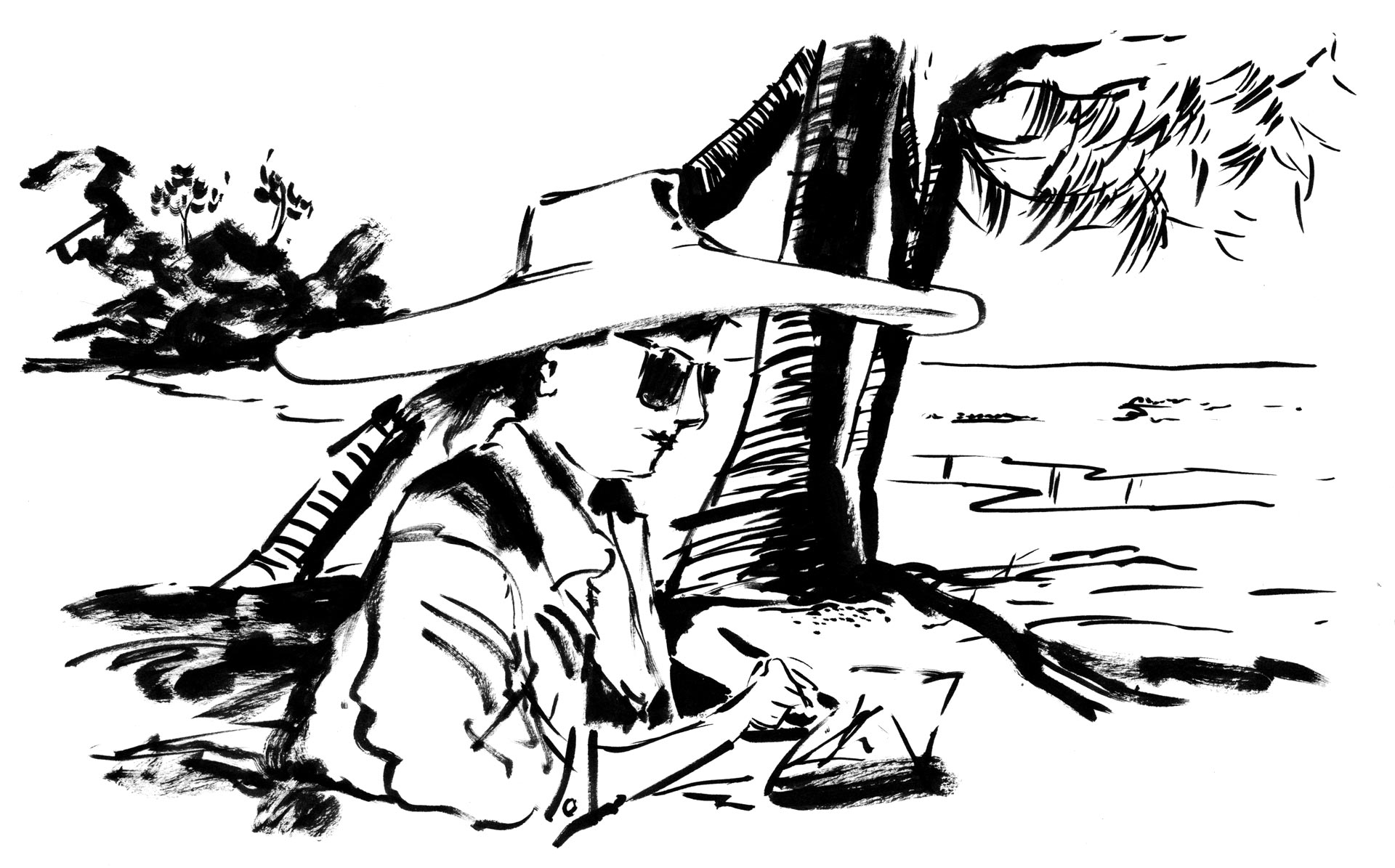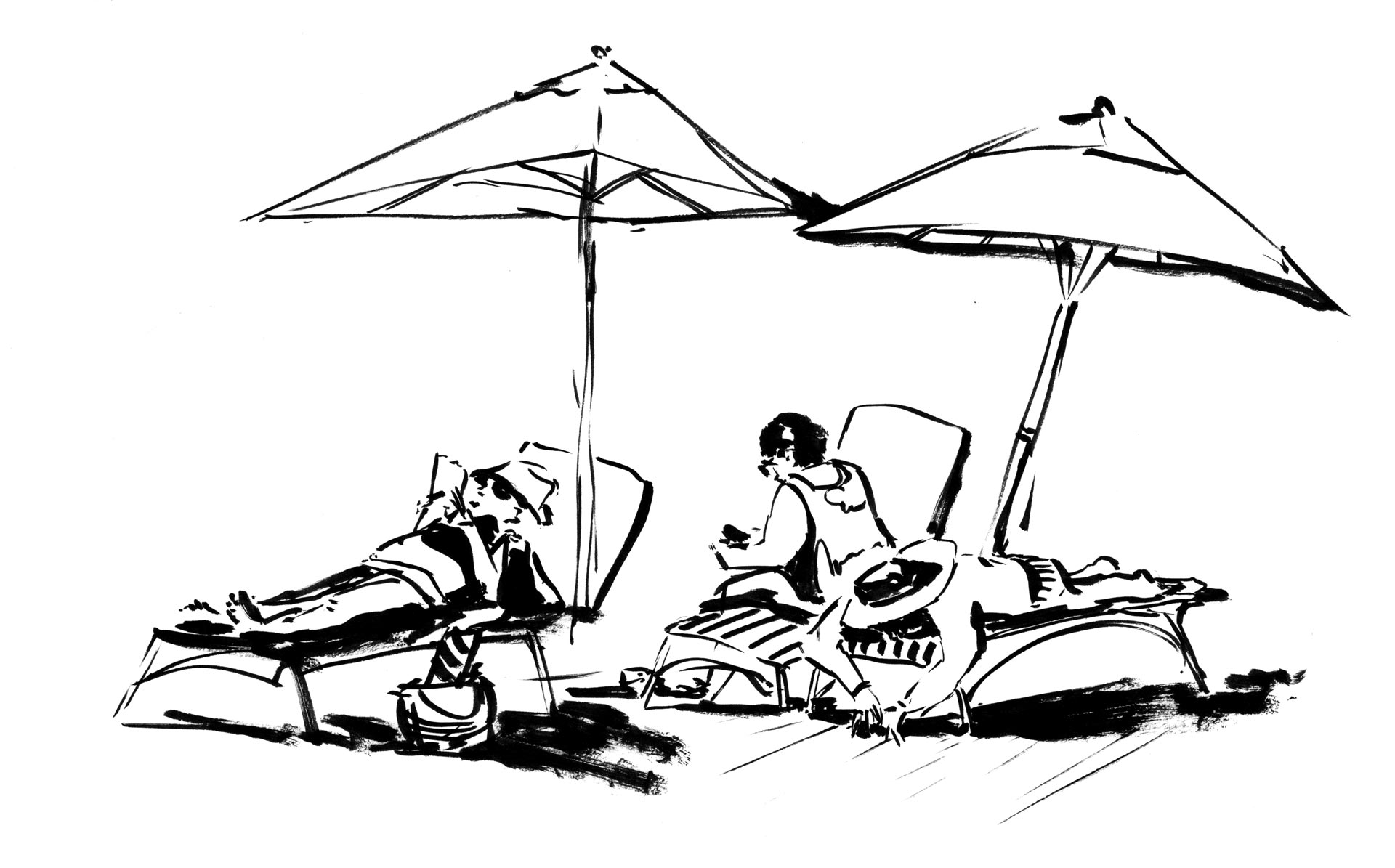It’s been a while since I’ve journaled a ‘listicle’. Most of my entries are either about starting, making, or marketing art. I have, for quite some time, felt a lot of guilt about ‘not being a reader’ as a young person. Instead, I spent most of my time watching movies which, in hindsight, was much better training for understanding visual storytelling. And so now, instead of leaning away from film, I’m leaning much more heavily into it (that, and comic books), as a way to satiate my curiosity about how visuals contribute to telling a great story.
And so, this year, I’m posting about my favourite films I watched this year. Not necessarily influential ones, or ones that were released this year, just ones I watched for the first time this year and that had a profound effect on me for some reason. The short version is:
- Quo vadis, Aida?
- Fire of Love
- So Long, My Son
- The Lost Daughter
- Everything Everywhere All At Once
- Drive My Car
- Petit Maman
- I, Daniel Blake
- I Am Love
- Bait
Honorable mentions:
- Memoria
- The invisible life of Euridice Gusmao
- The Batman
- Mariner of the Mountains
The Top Five
Quo Vadis, Aida?
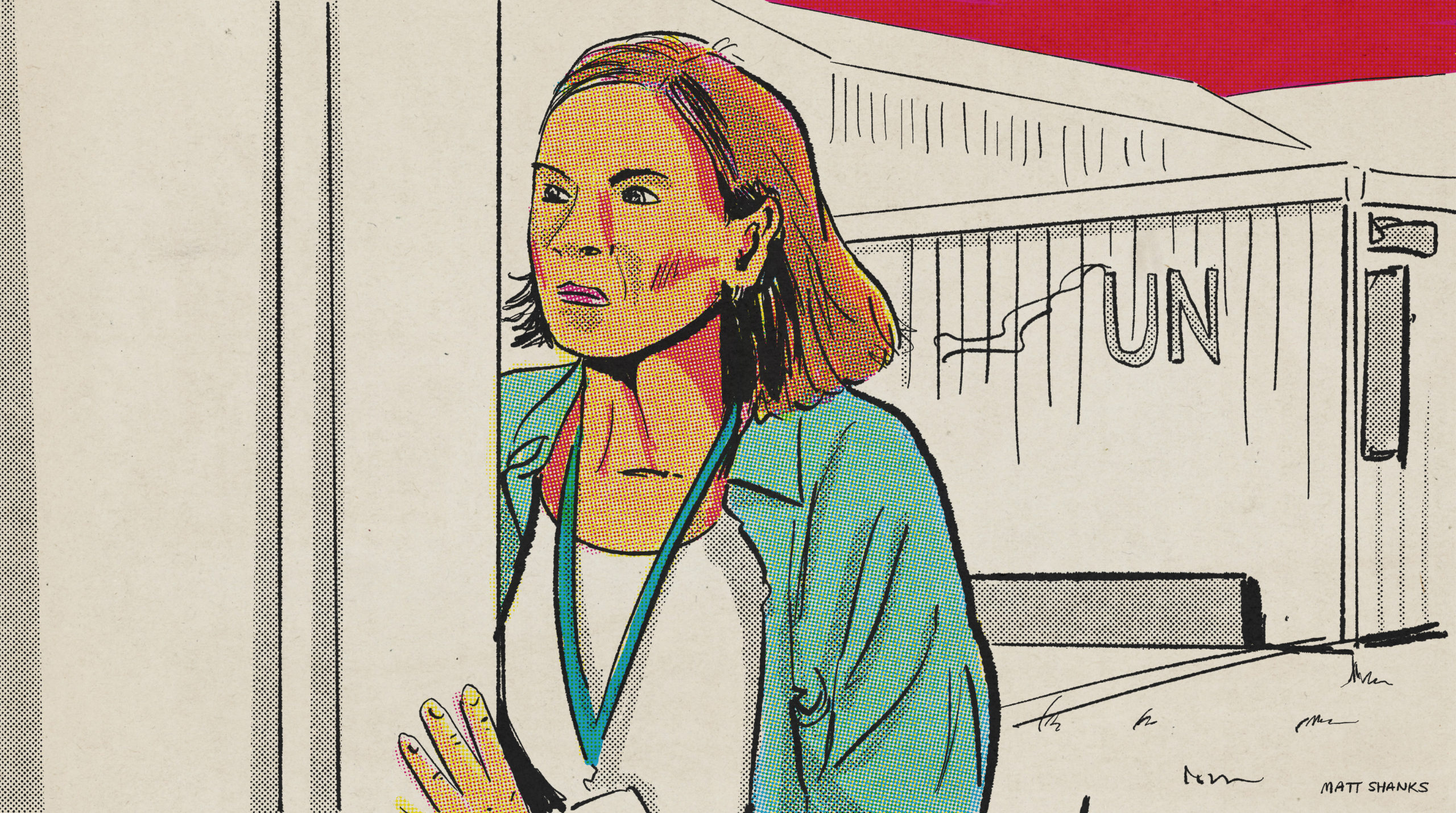
By the 90th minute, I was bawling my eyes out in the cinema at this movie. It’s been almost a year between writing this and seeing this film but it was complete tragedy. I have a personal connection to the ‘civil’ war over Yugoslavia which is likely to have affected how I felt about this film but, that final scene, with the kids singing at school, and the us/them sitting in the crowd watching along was heart-wrenching. I couldn’t help but imagine a life where you would need to co-exist with the barbarism you experienced, even once the war was over. It made me reflect on how lucky we are, living in this period of history, in the safety of Australia.
Fire of Love
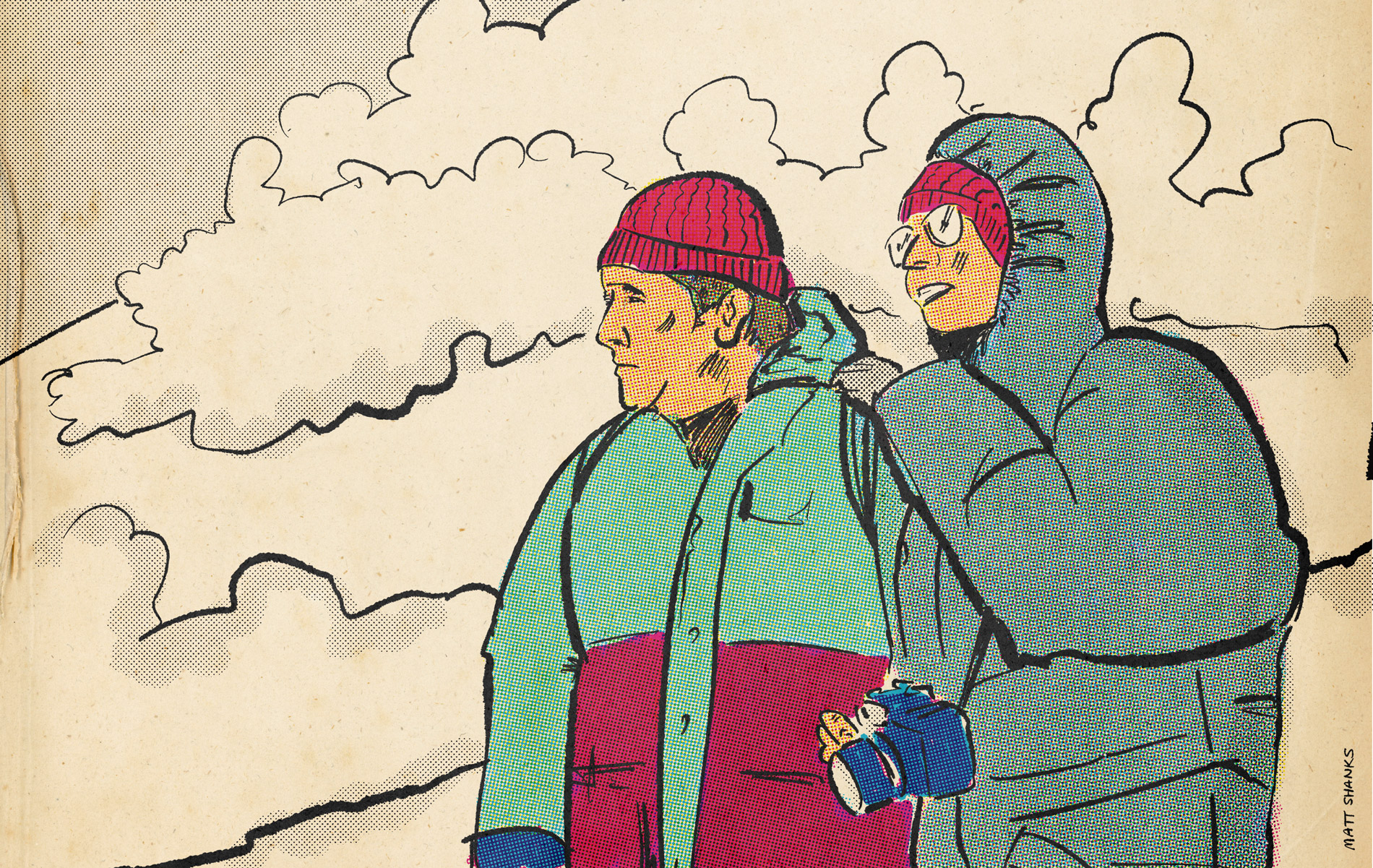
I loved this so much I saw it at the cinema twice. Once on my own (there was one other person in the cinema), the second time with my partner (also only one other person in the cinema). The story of the Krafts is amazing on so many levels – the coincidence, the love, the travel, the partnership and life together, their acceptance of danger, their wanting to help humanity using science – it touched every one of my love bones. The music, sound, editing, and typography were perfectly retro and rock at the same time. Just after Boxing Day I watched Werner Herzog’s version of the same couple and again, was completely enthralled. Watching the two different films side-by-side is something I recommend to every person I meet now.
So Long, My Son
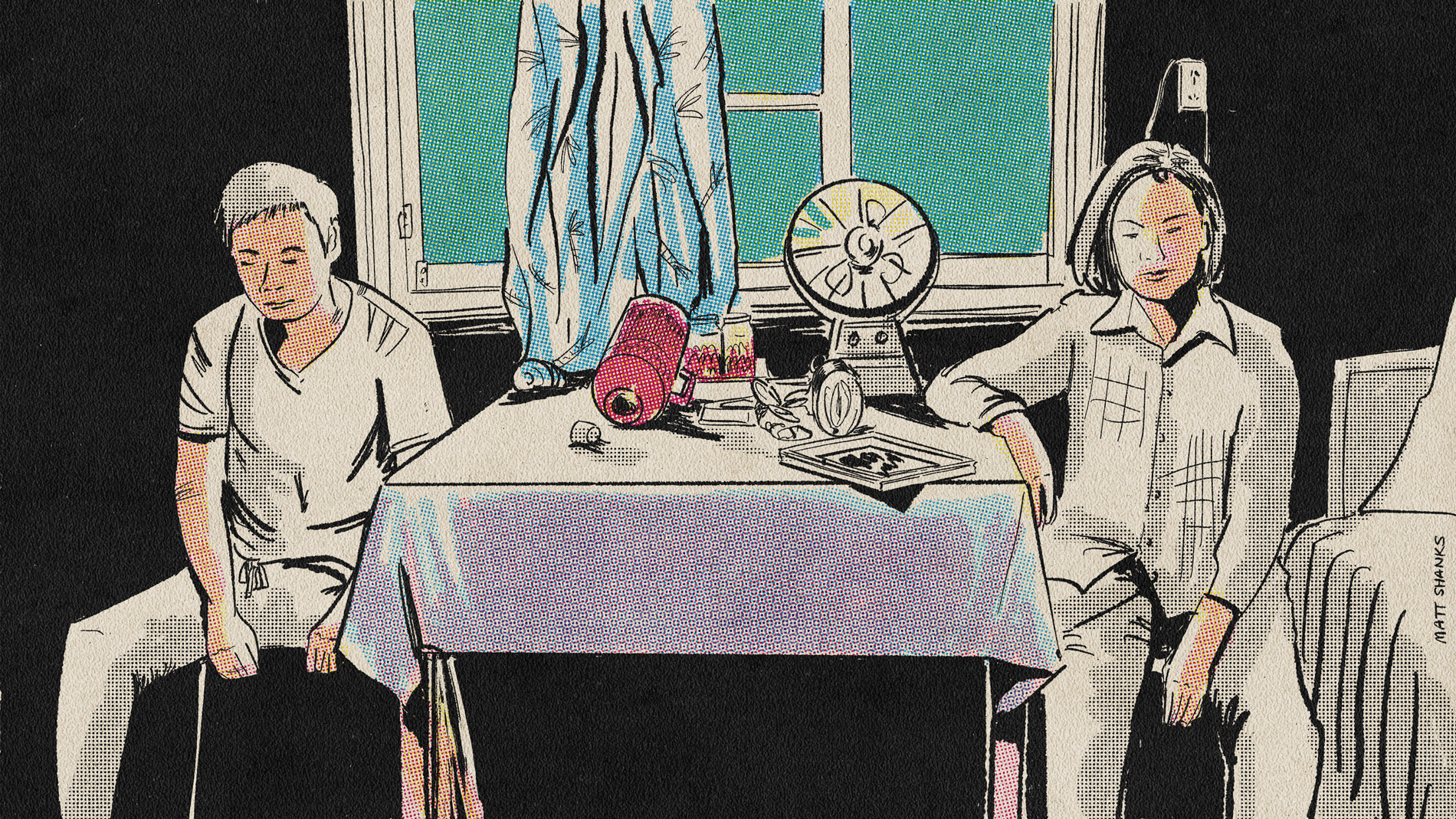
What would it mean to live a whole life in misery because of an accident that happened in your youth? Could things be another way; perhaps in another time or place? This 3-hour family tragedy was another that had me bawling at the end. It’s gorgeous, slow, & sad, but also politically interesting to see the sorts of affects the one-child policy had and continues to have in China. The actress who played the mother is just completely outstanding and all I wanted was to help her, to console her, to make her not feel so sorrowful again – before it was too late. I can’t wait to watch this one again.
The Lost Daughter
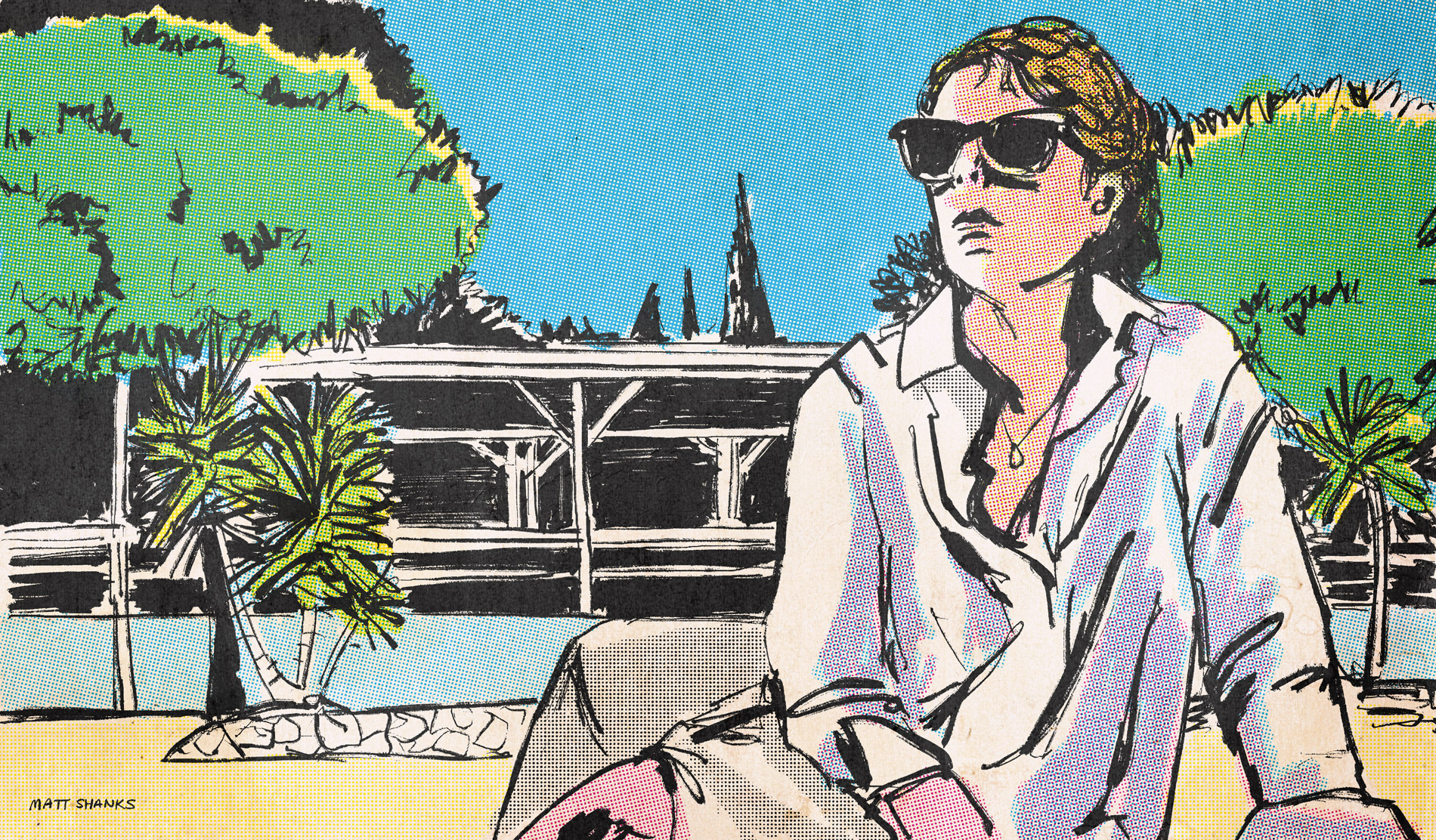
I was so surprised by this movie. I mean, sure, when you say that Olivia Coleman has the lead role and it’s directed by Maggie Gyllenhall, the idea of being surprised by the magic of cinema and story seems ridiculous but, this was truly great. Suspenseful, beautiful, wistful, tragic, and a little bit creepy, I was sucked in from the beginning and it didn’t let go until the end. The cinematography was gorgeous, even though it was a little raw is some spots, and, well, I don’t know, it’s just a really lovely and original way to touch on what is often a taboo subject – unnatural motherhood and the competition with career.
Everything, Everywhere, All at Once
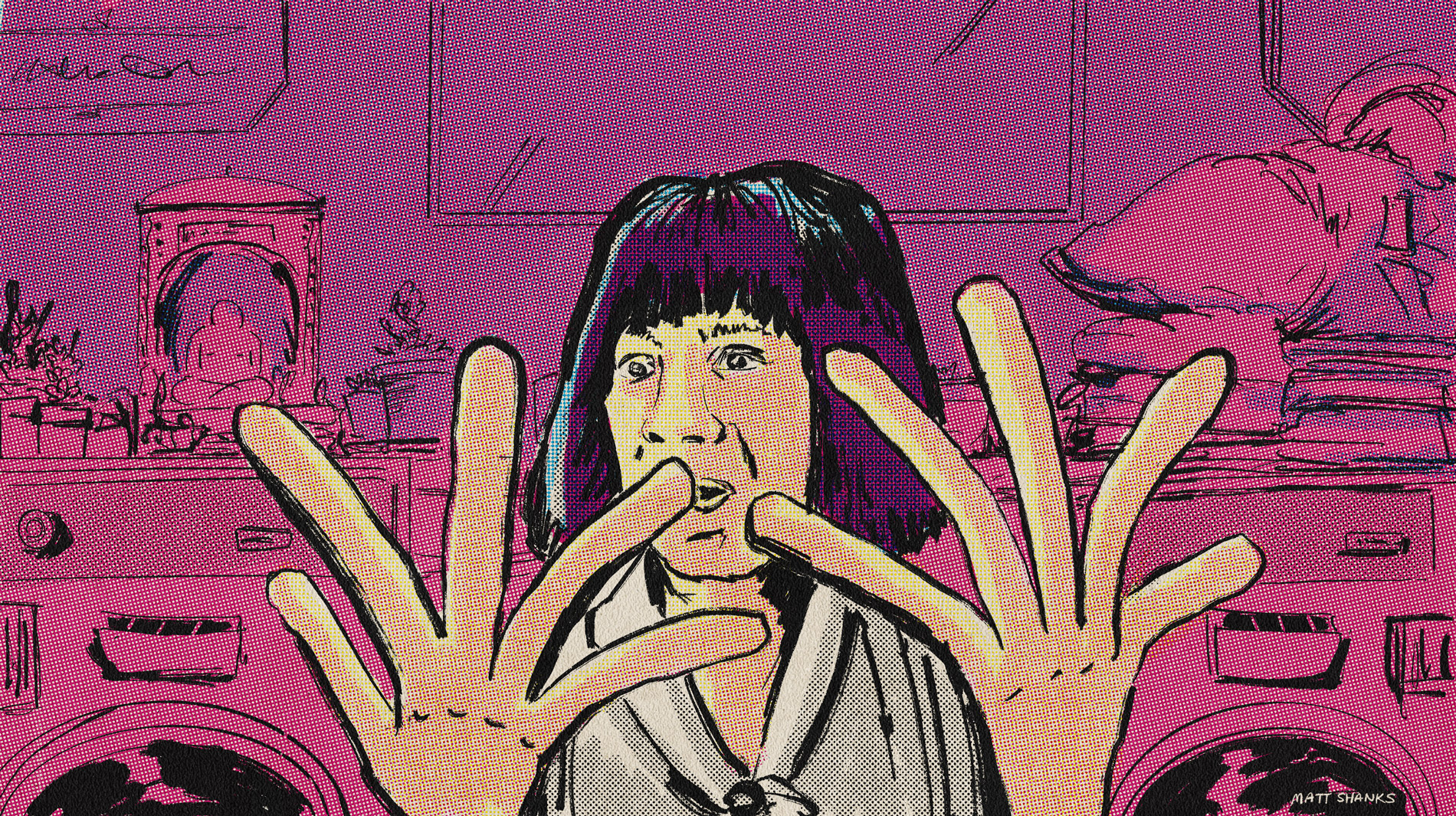
What. A. Ride. It appealed to my love of absurdity and time/space travel simultaneously. The editing and cinematography stood out to me and I couldn’t help think that this is the sort of crazy movie I’d love to be a part of. It, in many ways, reminded me of our contemporary society – chasing extremes and the increasing need we seem to have for novelty – but nonetheless, it was a lot of fun.
Drive My Car
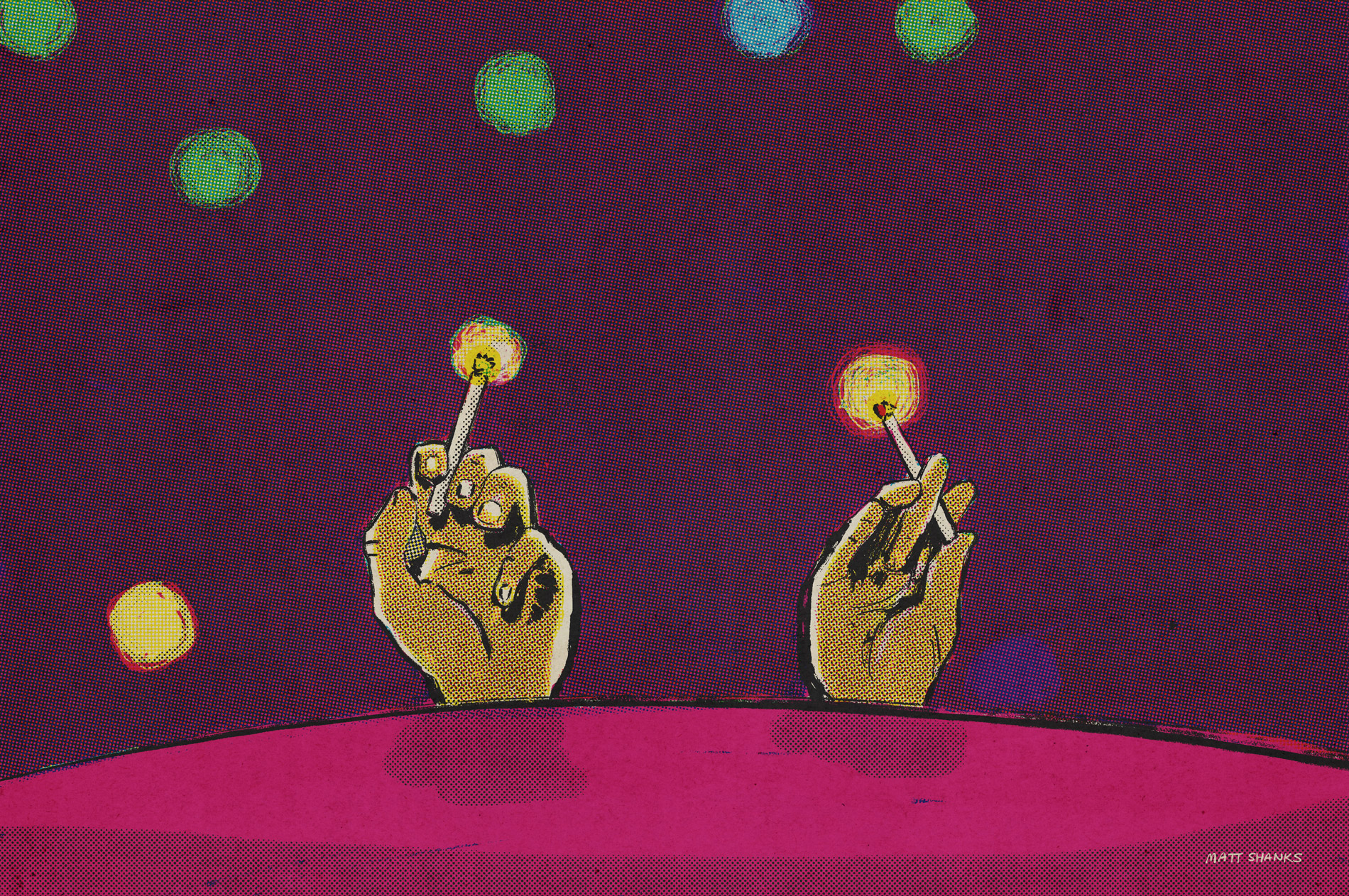
If I love anything, it’s a 3-hour saga where the opening titles appear 60 minutes in. This gives you a good indication of the sort of movie Drive My Car is – slow, gentle, & subtle. I think my partner fell asleep at moments in this movie but I loved it, the 3 hours flew by. Once again, beautiful cinematography (I’m sensing a theme here) paired with a gorgeous but spare soundtrack, it’s a lovely time to reflect on one’s relationships, the role of women in society, and friendship.
Petit Maman
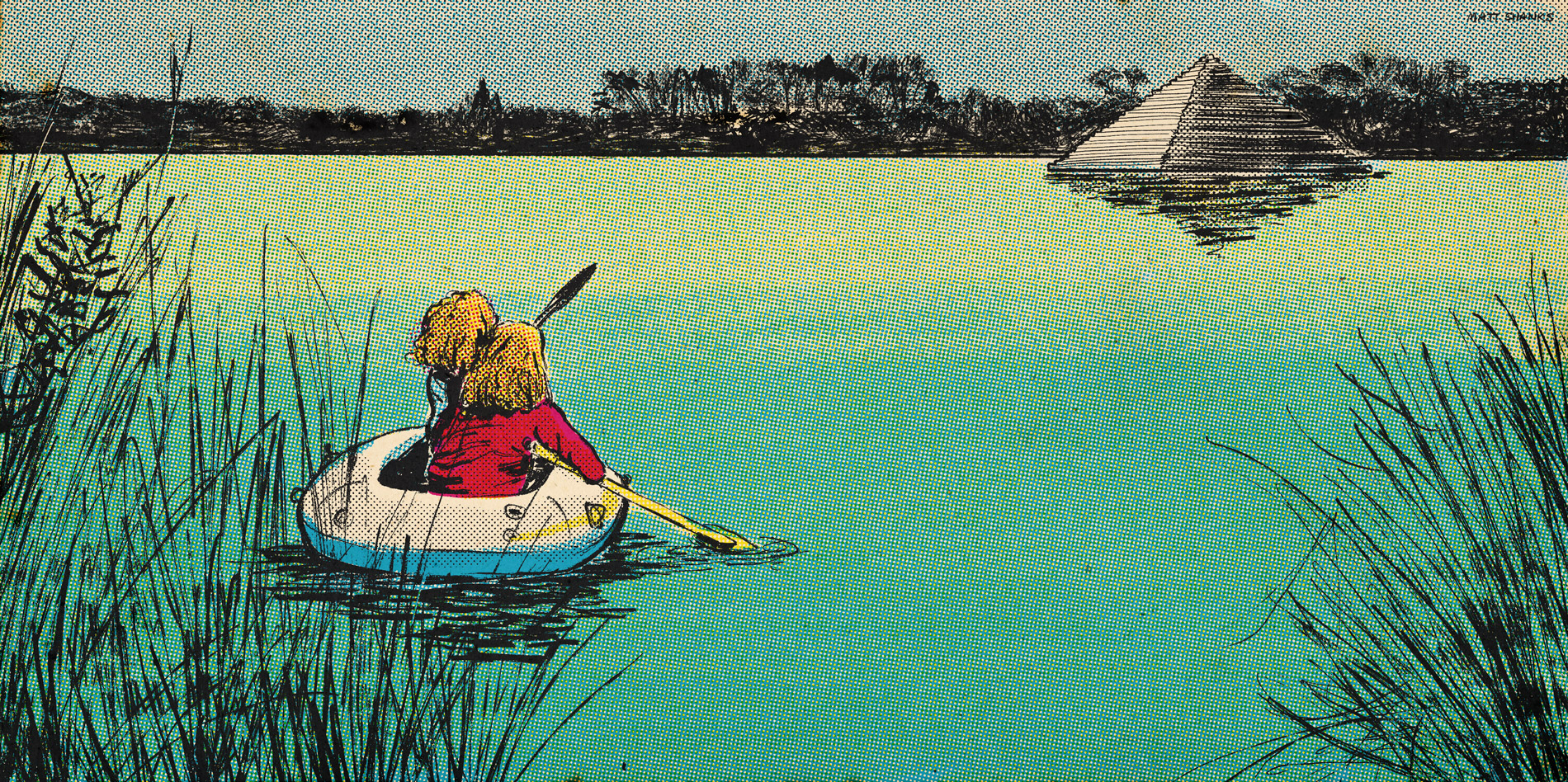
I’m a huge fan of Director, Celine Sciamma and whilst this movie was incredibly short, it felt like the fairytale I needed. I actually saw this with my mum who I thought would love (alas, I was wrong). It’s such a gorgeously gentle film about motherhood, friendship, and time, I came out of this film smiling and I smile every time I’ve thought about it since.
I, Daniel Blake
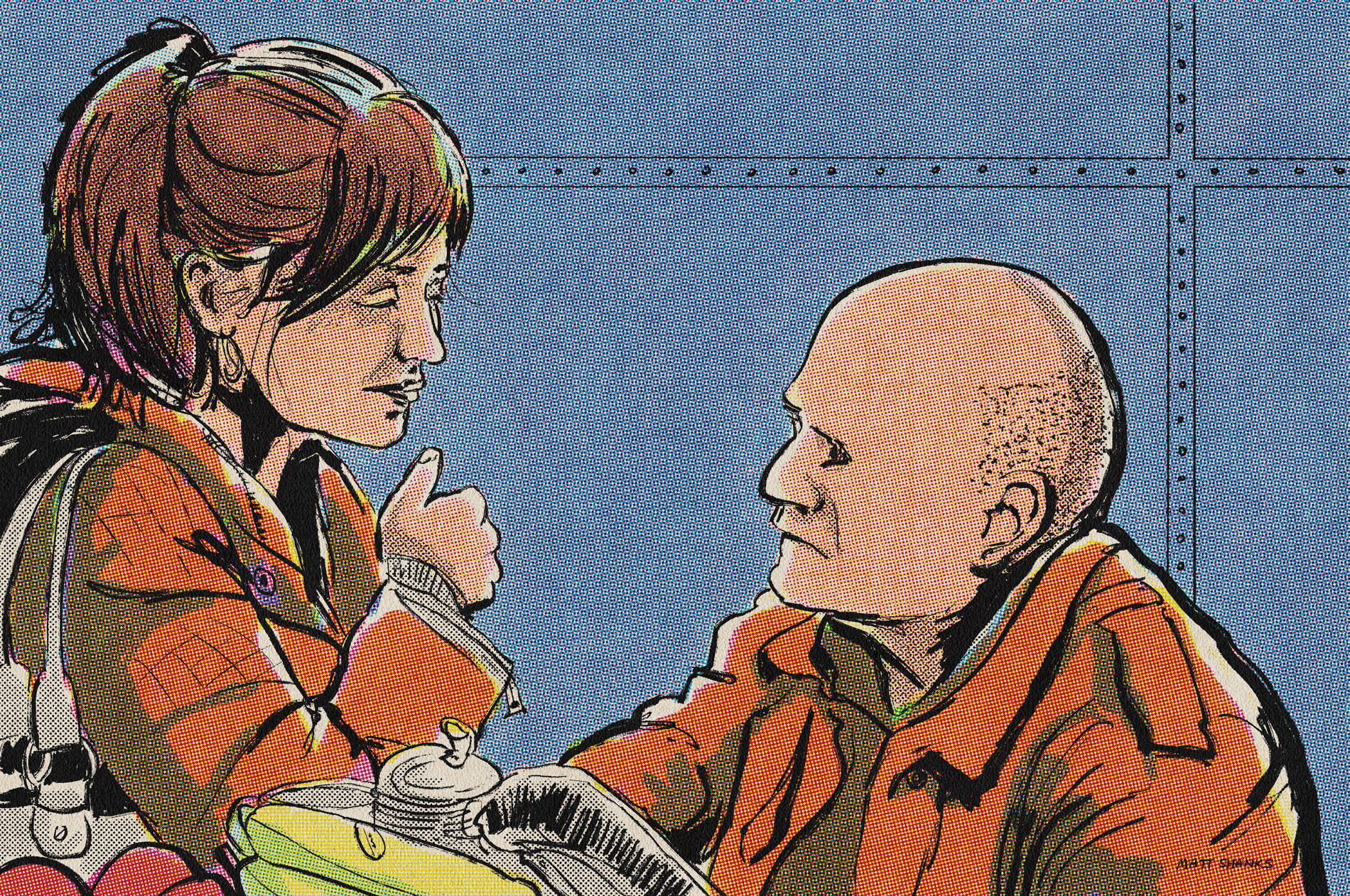
Just like Celine Sciamma, another Director I can’t get enough of is Ken Loach. I first encountered Ken’s work in a much more recent film (Sorry, We Missed You), and just absolutely love how he can use film to make a comment – especially about socialism and class (his specialty). I, Daniel Blake probably struck more of a chord with me having just gone through the Centrelink process for my parents (from which I still carry scars). But, this wasn’t just relevant to me, it also *looked* how it the main character felt. Raw and cold on the outside, warm and heartfelt on the inside. The deep personal relationships and friendships that are explored here, as well as an individual’s relationship with the State (and the paperwork that goes along with that!) left me with a lot to think about; mostly that, above all, kindness is what the world needs.
I Am Love
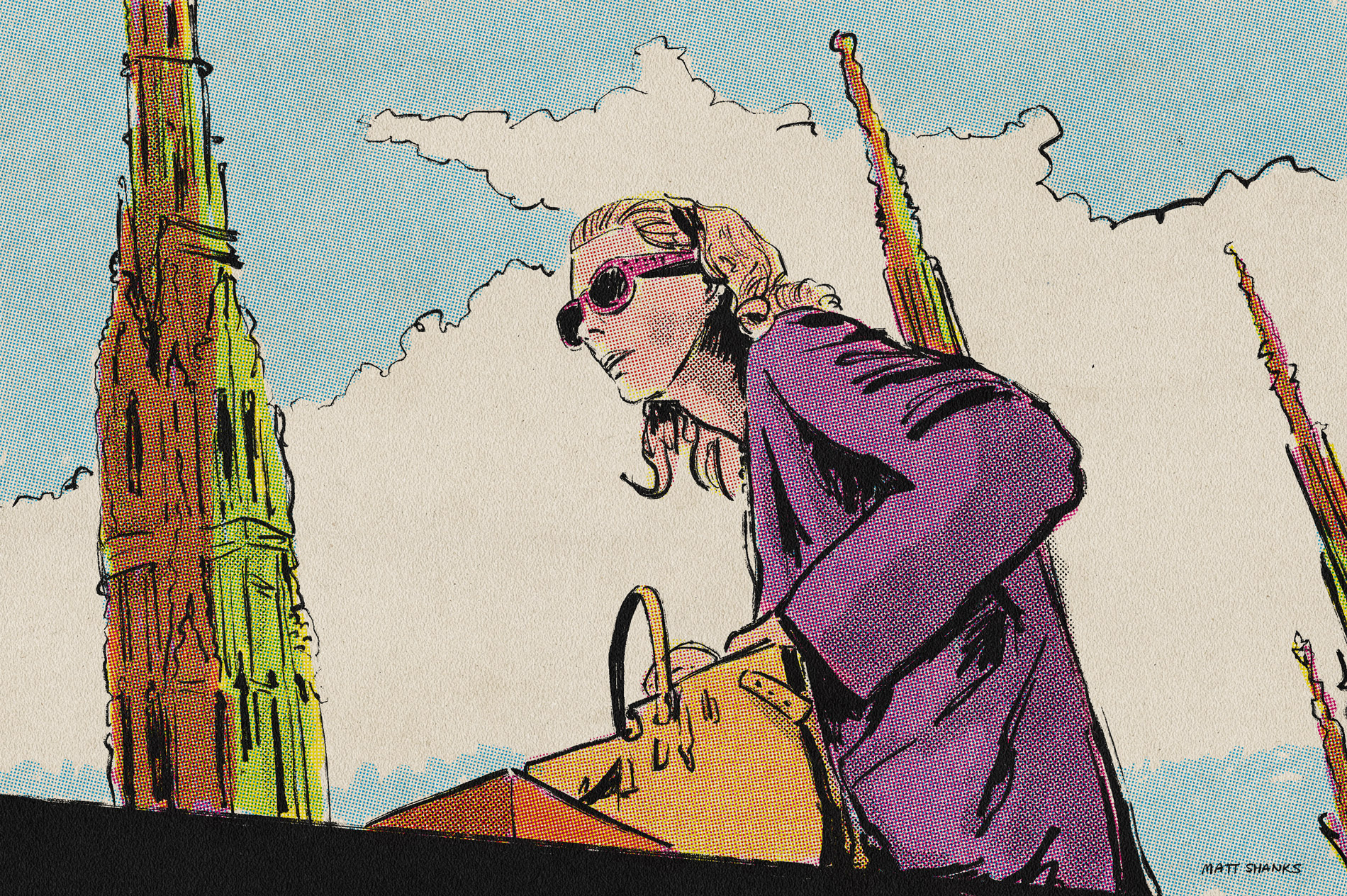
Wow, this was amazing, and totally not what I expected. Of all the films, the warmth in the colour of this film had me from get go. My partner went down a costuming rabbit hole with this one and once you find yourself at the bottom of that, you realise how well-considered this film was on so many levels. I’m a sucker for a Tilda Swinton movie and this did not disappoint. Again, themes of tragedy, motherhood, and familial bonds are explored here (gee, I didn’t realise it was *that* sort of year for me), but it does so without one feeling depressed or hopeless. Also, because of this movie, I almost constructed a grapevine out the back of our place just so I could sit under it.
Bait

Bait just goes to show that you don’t need a big budget or a huge acting cast to pull of a great story. Bait, shot all in black and white on a really old camera (a hand-cranked Bolex camera, using 16mm monochrome film for those interested), explores the menacing tension between locals and tourists (something obviously topical with things like AirBnB doing a lot of disrupting in this space). It’s a tale of hardship, entrepreneurship, friendship and, ultimately, lobsters. I can’t remember where I saw this (might have been SBS), but even though this is ‘number 10’ on the list, I still think about it as on par with many of the other films mentioned above.
The near misses
So, because Top 10s only have 10 spots, there were a few standout films that would be weird not to mention as exceptional films that I saw in 2022. This list is mainly here so I can look it up later and re-watch some of them, they’re that good.
- Memoria
- The invisible life of Euridice Gusmao
- The Batman
- Mariner of the Mountains
Things you never know until you write about them
I didn’t realise how many of my favourite films are touching on deep questions I’ve been having this year. The familial bonds we hold dear, even though, often, our friends act more like we expect family to be. Motherhood and the role of women as I’ve been exploring system of patriarchy and its negative effects men. Mortality and death and, in the end, what might a well-lived life look like based on the everyday choices we make for ourselves.
It’s incredible to me that, even subconsciously, I’ve been drawn this year to films that are also exploring the same questions I have for myself. I love seeing their answers, and adding their answers to my own as I shape loose thoughts and opinions about them in my own art. In the end, that’s what art is for, isn’t it? To answer those questions that rise up inside of us and find the others for whom those questions burn brightly also.


